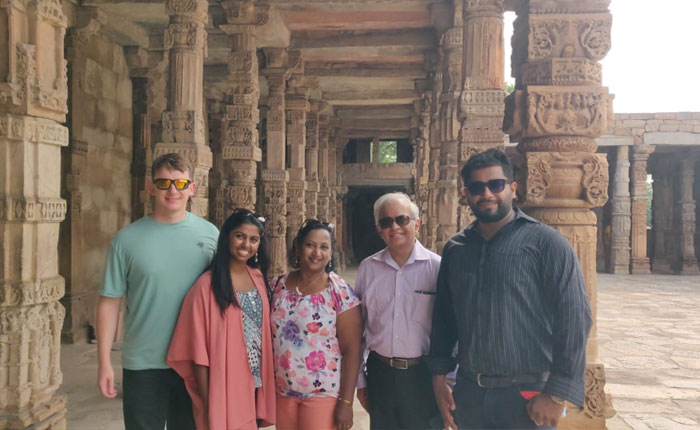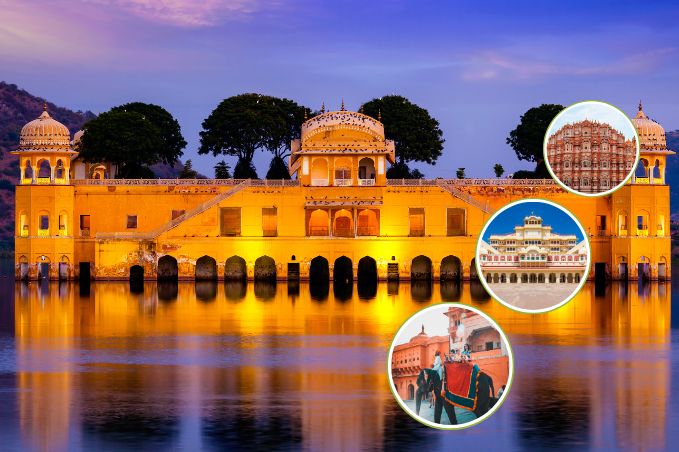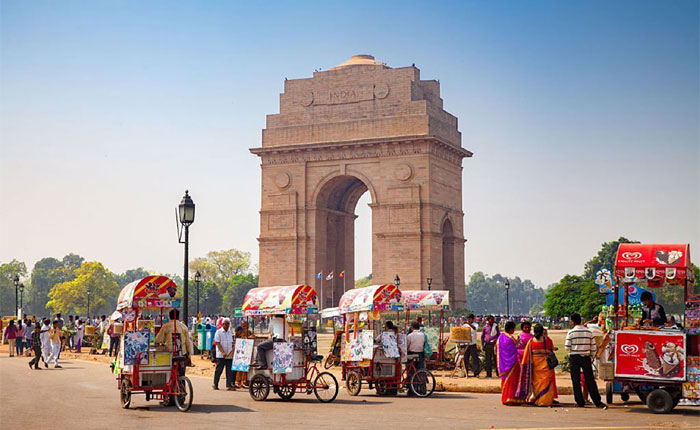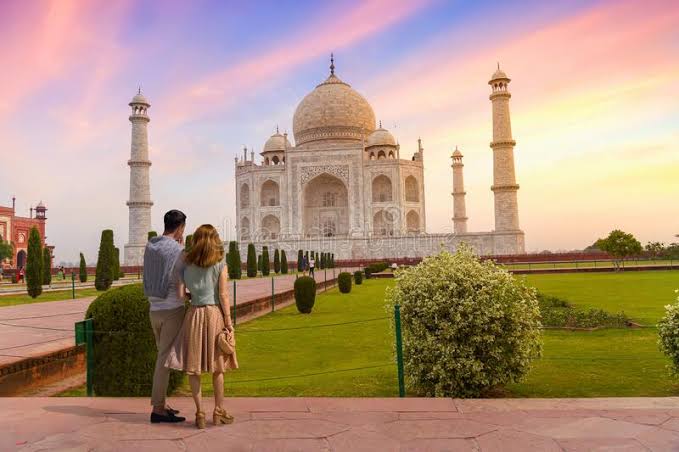Delhi, the capital city of India, is a vibrant metropolis that beautifully blends the old with the new, tradition with modernity, and history with contemporary life. As one of the oldest cities in the world, Delhi has witnessed centuries of transformation, from ancient kingdoms to the colonial era, and now, as a bustling global hub. It is not just the political capital of India, but also a cultural and historical treasure trove, offering something for every traveler.
A City of Contrasts
Delhi is often described as a city of contrasts. On one hand, you have the ancient monuments, narrow lanes, and historical landmarks of Old Delhi, while on the other, you have the wide boulevards, modern shopping malls, and corporate offices of New Delhi. These diverse elements come together to create a unique atmosphere, making Delhi a city where every corner holds a new discovery.
Historical Landmarks and Monuments
Delhi is home to some of the most iconic historical sites in India. These monuments are not just symbols of India’s glorious past but also architectural marvels that reflect the city’s rich cultural and political history.
Red Fort: This UNESCO World Heritage site is one of Delhi’s most famous landmarks. Built by the Mughal Emperor Shah Jahan in the 17th century, it was the seat of the Mughal Empire for nearly 200 years. The red sandstone walls and intricate Mughal architecture are awe-inspiring. The Lahori Gate and Diwan-i-Aam (Hall of Public Audience) are particularly impressive.
Qutub Minar: Another UNESCO World Heritage site, the Qutub Minar is the tallest brick minaret in the world, standing at 73 meters (240 feet). Built in the 12th century by Qutb-ud-Din Aibak, it’s a stunning example of Indo-Islamic Afghan architecture.
Humayun’s Tomb: This tomb is a precursor to the Taj Mahal and is often regarded as the first substantial example of Mughal architecture. It was built in the mid-16th century and was the burial place of the Mughal Emperor Humayun.
India Gate: A war memorial dedicated to the soldiers who died during World War I, the India Gate is one of the most visited monuments in Delhi. The towering structure, with its vast surrounding lawns, is a symbol of patriotism and sacrifice.
Lotus Temple: A symbol of peace and harmony, the Lotus Temple is known for its stunning lotus-shaped architecture. It’s a Bahá’í House of Worship where people of all faiths are welcome to pray or meditate.
Jama Masjid: One of the largest mosques in India, Jama Masjid was built by Emperor Shah Jahan in the 17th century. Its grand architecture and stunning minarets make it a must-visit.
Cultural and Religious Diversity
Delhi is a melting pot of cultures, religions, and languages. It is home to people from all parts of India, making it an incredibly diverse city. The city’s vibrant atmosphere is a reflection of its multicultural makeup. Hinduism, Islam, Sikhism, Christianity, and other religions coexist, each contributing to the city’s rich heritage.
Chandni Chowk: A trip to Old Delhi is incomplete without visiting Chandni Chowk, a bustling market area filled with street food, spices, jewelry, and clothing. It’s also home to some famous religious sites, including Jama Masjid and the Sis Ganj Gurudwara.
Dilli Haat: A handicraft and food market that showcases the diversity of Indian culture, Dilli Haat is a place where you can shop for traditional crafts and taste regional cuisine from across the country.
Gurudwaras: Delhi is home to several important Gurudwaras (Sikh temples), such as Gurudwara Bangla Sahib, which is a peaceful retreat and a spiritual center.
Modern Delhi: A Bustling Metropolis
While Delhi’s historical sites are a draw for visitors, its modern side is equally captivating. New Delhi, designed by the British architect Edwin Lutyens, is known for its wide roads, lush gardens, and impressive government buildings, such as the Rashtrapati Bhavan (Presidential Palace), Parliament House, and the India Gate.
Connaught Place: The heart of New Delhi’s shopping and dining scene, Connaught Place is a colonial-era circular market with a mix of modern stores, restaurants, and cafes. It’s one of the city’s most popular tourist destinations.
Akshardham Temple: A modern architectural wonder, Akshardham is one of the largest Hindu temples in the world. Its intricate carvings, boat ride through India’s cultural history, and lush gardens make it a fascinating visit.
Lodhi Gardens: A peaceful, historic garden that features tombs of the Lodhi rulers and beautiful walking paths.
Delhi is a city of contrasts, offering a perfect blend of history, culture, religion, and modernity. Whether you’re exploring its ancient monuments, savoring its diverse cuisine, or shopping in its vibrant markets, Delhi promises to leave a lasting impression. It’s a place where every visit brings new experiences, making it a must-see destination for anyone visiting India.






